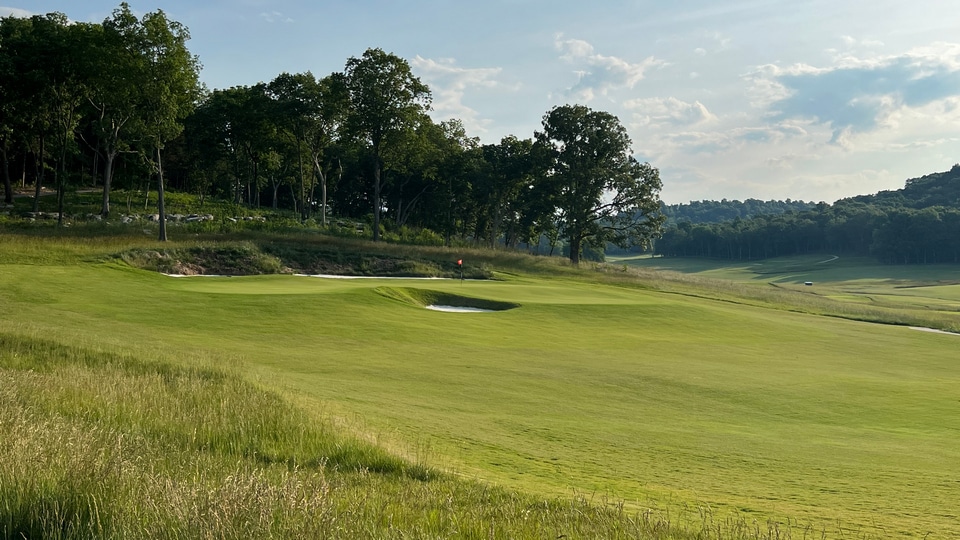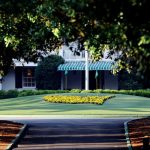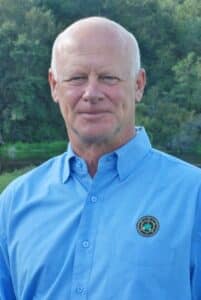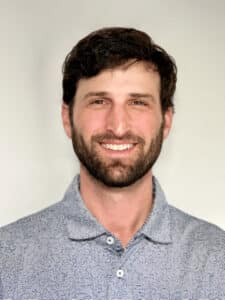Part 1
What do you think Jones and MacKenzie would say about how the course is prepared now and what the players are able to do from a scoring perspective?
Brian Ross: I imagine they would have a difficult time believing their eyes seeing the agronomic conditions being presented to today’s golfer. Golf is a much different game today than it was in the 1930s and while the winning number has decreased somewhat I think the Masters Committee has done a fairly good job keeping up with the advances in technology and the abilities of the modern golfer (-11 won in 2024 and -9 won in 1937).
Michael Clayton: MacKenzie would be apoplectic about the ball and driver and what it’s done to the course and the cost of extending it.
How much was the Augusta Country Club land needed to extend the 13th tee? Of course, they can afford it but it’d have offended the Scotsman’s sense of frugality.
Eric Larsen: They both knew that golf play would evolve. In his book, Golf Course Architecture, MacKenzie mentions laying out holes where you walk slightly forward to the next hole making the course ‘elastic’ for lengthening them in the future. He would be pleased with the lengthening. I also feel he would be pleased as to how it has held up to high caliber play through the years.
Jones also keenly understood high caliber play, and likely knew players would get better. The course provides such excitement via a variety of ‘gettable’ vs scoring resistant holes. There is the opportunity to make eagles and equally double bogeys, not just birdies, pars and bogeys. The variety provides great drama. I imagine they would be proud of the great interest the course provides especially over all this time.
Mike DeVries: They would be amazed at the perfection that is possible in maintenance but not like how that plays. There is not the “rub of the green” like there used to be and players had to be creative to score well when getting a bad break.
They would be disturbed by the length and power that the equipment permits today by the best players, leading to considerably less unique swings and play that is dominated by an easy-to-hit driver, wedges, and putting.
Jeffrey Stein: Jones and MacKenzie would be astonished (and perhaps appalled) at the distance professional golfers are hitting the ball.
On the other hand, I also believe they would be delighted to see the short game skill of these modern players on such fast and immaculate surfaces.

You have one player all-time you can take on winning a green jacket – who would you select and why? And who is your pick for this year’s event?
Jeffrey Stein: Of the guys who have not yet won a green jacket I would love to see Rory McIlroy slay the dragon and get the career grand slam. He’s been so close in the majors and I think he’s due.
Mike DeVries: Jack Nicklaus, for sure. He got it done in all kinds of different ways and at various stages of his career. I think he was always a threat, even when he hadn’t been playing much or was out of sync with his game.
Among today’s players — hard to go against Scheffler with his current run, but I think Rory (McIlroy) is getting things done and is in control of his game, so I am going with him this year. It would be great to see him get a green jacket — wouldn’t it?
Michael Clayton: Tom Weiskopf. His swing was the envy of every kid my age in Australia. I met him years later – he couldn’t have been nicer or more interesting.
In terms of this year’s event — Rory wins.
Eric Larsen: No brainer — Arnold Palmer. Bobby Jones picked him too. Extremely accurate driver and great pressure putter who thrived on a big stage with people close to him. Plus, he loved Augusta National.
For 2025 — Scheffler, every year until the next Scheffler arrives.
Brian Ross: For my generation, it has to be Tiger. He’s the guy who changed the game into what it is today. As for this year’s pick, I think it’s Rory’s time! He’s in good form and I would really like to see him earn that career grand slam.
Is power overemphasized at Augusta and in golf generally?
Michael Clayton: Of course. It’s mad Corey Pavin -with all his skills – couldn’t compete now.
Eric Larsen: Not at Augusta but yes in general.
Mike DeVries: It’s always been an advantage at Augusta but shorter hitters also used to win there. But, not really anymore because, yes, way too overemphasized in today’s game.
Brian Ross: With its doglegs, elevation changes, and tree-lined corridors, Augusta does an above average job managing the power game of today’s pros, but the long ball still reigns supreme in almost all instances, whether at Augusta or elsewhere. I’m hopeful we will see some changes here over the coming years.
Jeffrey Stein: The tournament committee has done everything possible to neutralize the power game at Augusta ever since Tiger tore it up in his first victory.
Much is mentioned about power and distance at most of the other tour events, but at Augusta it’s all about approaching the pins from the correct angle and leaving your approach below the hole.
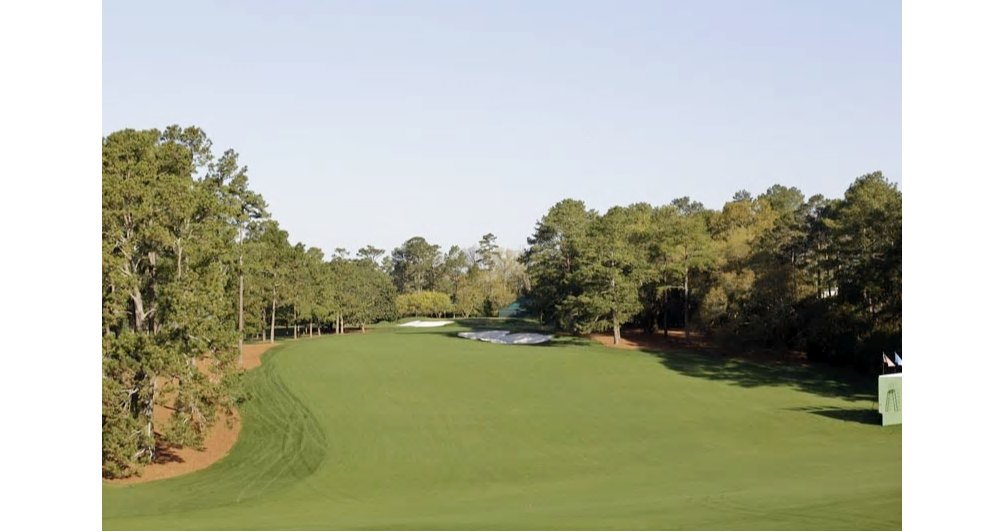
Former Masters chairman Clifford Roberts was famous in saying Augusta does not change things – but improves them. Given that credo – what would you seek to “improve?”
Mike DeVries: I would love to see ANGC implement a tournament ball at the Masters that spins more and flies shorter than the modern ball. Give them a 1985 Tour Balata and let’s see who can really make shots!
The Masters is so desired and today’s players are great but they aren’t required to hit the variety of shots that players were 30, 40, 60, or 100 years ago. It would show how interesting and amazing it is to see the best players hit shots an ordinary golfer can only do occasionally.
Jeffrey Stein: I would seek to restore the creek which used to pass in front of the 16th green. I believe it would add strategic interest and align more aesthetically with Rae’s creek which passes in front of the iconic 12th green.
Brian Ross: About the only thing I would “improve” at Augusta is the bunker style. I would like to see more of the free-form bunker style MacKenzie so beautifully presented at Cypress Point, Pasatiempo, etc. than the mostly ovular blobs that exist at ANGC today.
Eric Larsen: I generally get paid for that kind of information. Let’s execute a design contract and then we can discuss!
Michael Clayton: How about the 8th green which Roberts did in the 1950s. Maybe he learned the lesson from that one. The bunkering at Augusta National looks very bland now compared with all the great work going on around the world in this era.
The Participants
Mike DeVries
Partner
Clayton, DeVries & Pont
USA
With over 40 years of experience in the golf industry, DeVries remains a true craftsman. His grandfather introduced him to golf at an early age at Crystal Downs Country Club in Frankfort, Michigan, and he grew up working on the Downs, developing a deep respect and admiration for the work of Alister MacKenzie and Perry Maxwell.
After graduating from Lake Forest College, Illinois, he worked with Tom Doak before attending the University of Michigan, where he earned his Master’s degree in Landscape Architecture in 1994. There then followed a stint working as on-site design coordinator for Tom Fazio.
He is one of the leading exponents of the modern minimalist movement. In addition to restoring and renovating many Golden Age courses, his new designs have received much praise. Perhaps best known are Kingsley Club, ranked in the US’s top 100 by GOLF Magazine, and Cape Wickham Links in Tasmania.
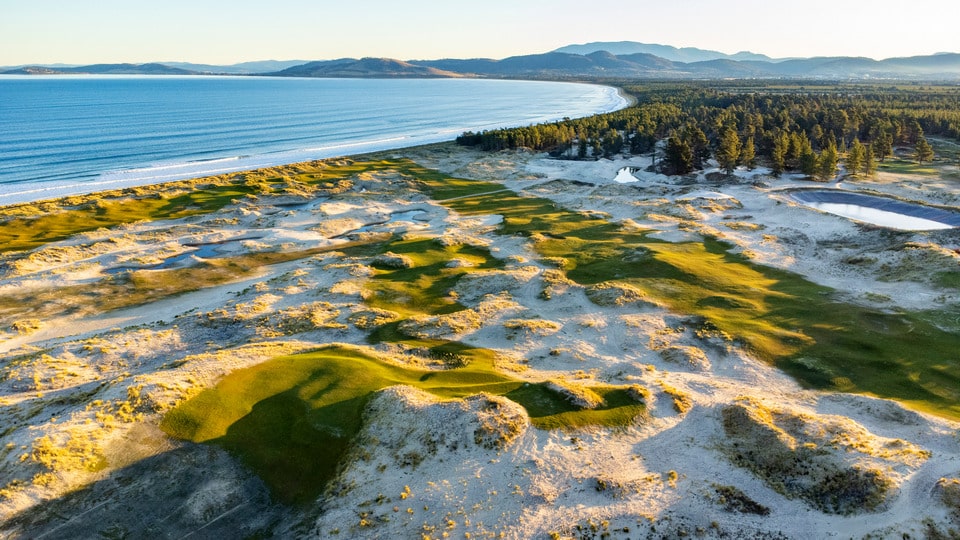
Eric Larsen
ASGCA, EIGCA, CLARB
Larsen Golf
Ponte Vedra Beach, FL, USA
ASGCA past president holds a BS in landscape architecture/horticulture from North Carolina State University. Worked for Arnold Palmer and ASGCA past pres Ed Seay from 1983-2005.
Has designed nearly 100 golf courses in 23 states and 25 countries for Palmer Course Design Company. In 2005, moved to Orlando, Florida to become Executive VP of Arnold Palmer Design Company.
There he ran all company operations for Mr. Palmer until starting his own firm, LarsenGolf, in 2011.
An ASGCA member since 1990, he has served on the Executive Committee, Society’s Public Relations and Suppliers Directory Committees and on the Board of Governors. He also sits on the Recreation Board of the Urban Land Institute.
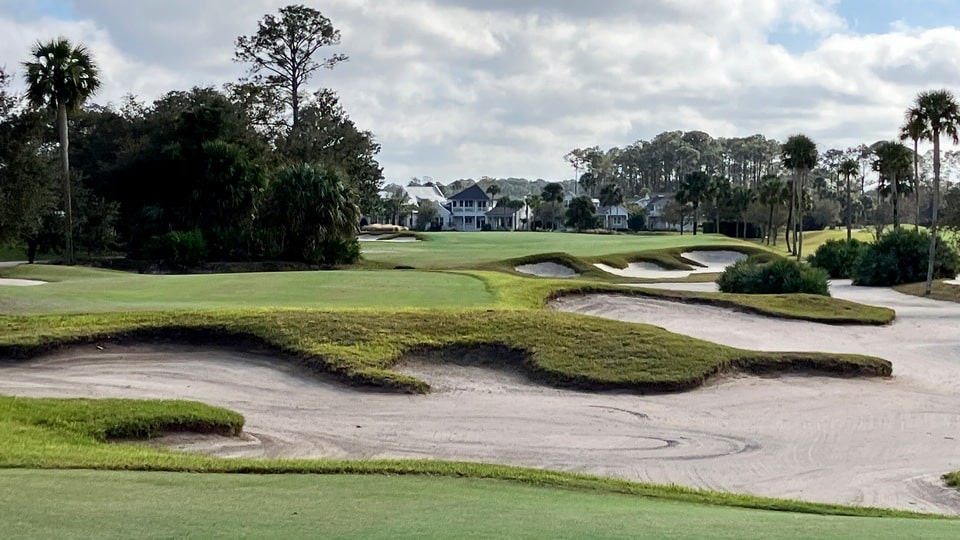
Jeffrey Stein
Stein Golf Design
Brooklyn, NY, USA
Leads a growing design practice from his home in Brooklyn, NY. He is a former associate of Tom Doak’s prestigious Renaissance Golf Design firm, has shaped several golf courses for Gil Hanse and is the 2023 World 100 Club Fellowship award winner, given to promising early career architects to study golf in Scotland.
His broad experience shaping golf courses led to his own design work starting in 2020 with the restoration of Devereux Emmet’s only links design at the Seawane Golf Club on the sandy shores of Long Island.
Currently leading the renovation and restoration of Walter Travis’ 1926 design of the Great Dunes on Jekyll Island, GA featuring large sand dunes, ocean views of the Atlantic and a variety of Travis’ best green complexes. The golf course will re-open in the Fall of 2025.

Michael Clayton
Partner
Clayton, DeVries & Pont
Australia
After a very successful amateur career which included victory in the 1978 Australian Amateur and the 1977 and 1981 Victorian Amateurs, Clayton turned professional in 1981 and played on the Australasian Tour until 2007, winning seven times. He was also a regular participant on the European Tour from 1982 to 2000.
He formed Michael Clayton Golf Design in 1995 in partnership with John Sloan and the late Bruce Grant. In 2010, that business morphed into Ogilvy Clayton, which later became OCCM.
A renowned writer, speaker and broadcaster whose views on the relevance of period architecture in the modern era are required reading and listening for anyone who is a student of golf and golf design. In addition to being an expert in course restoration and renovation, his new designs have won critical acclaim. His course at Royal Queensland will host the tournaments of the 2032 Olympiad.
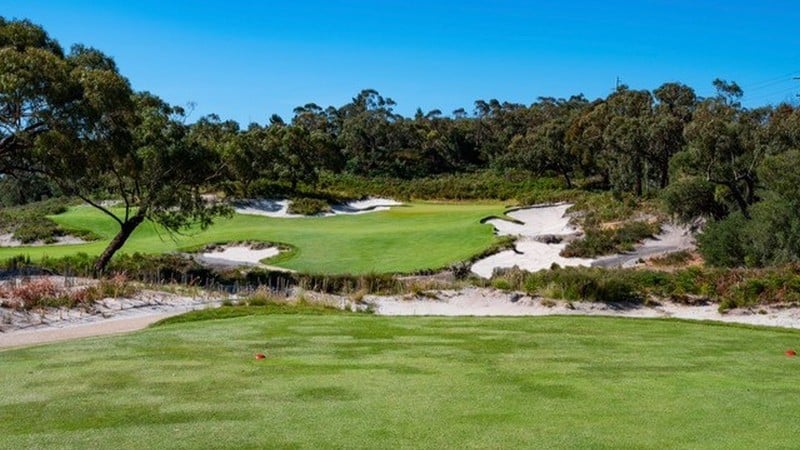
Brian Ross
Golf Course Architect
Ross Golf Design, LLC
Established by golf course architect Brian Ross in 2019, Ross Golf Design specializes in providing our clients with complete golf course architecture, shaping, and construction management services. We believe the best golf courses are created in the field, not on paper, so we devote a significant portion of our time to being on site during the construction process, taking raw ideas and creating something spectacular from them.
Rooted in the design philosophies of golf’s Golden Age, we strive to create fun, strategic golf courses that will have golfers yearning for another round the moment they walk off the 18th green. Brian lives in the Blue Ridge Mountains of Roanoke, Virginia with his wife Kristen and their three children.
